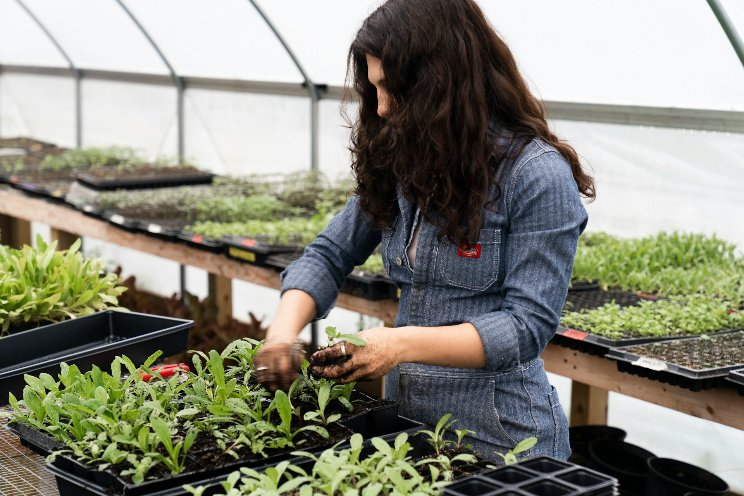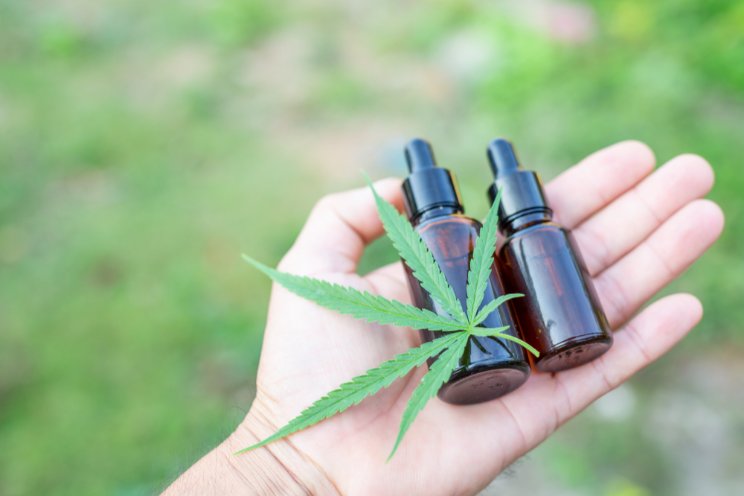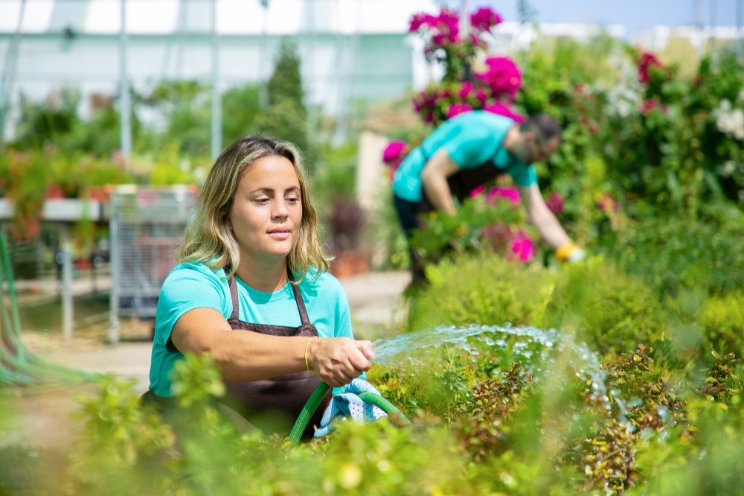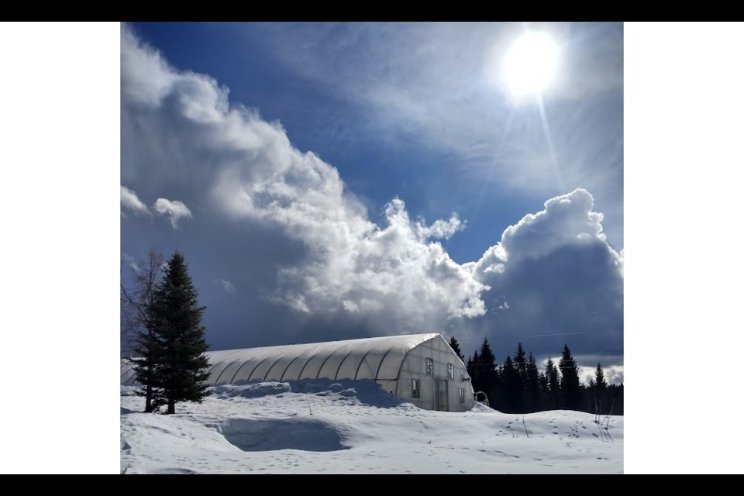A new agricultural revolution has started
Added on 14 February 2023

The consequences can be seen in the cost and availability of food in most parts of the world, including in the United States. Americans’ growing demand for fresh produce will only accelerate our reliance on an increasingly fragile food system.

However, the story of this decade doesn’t have to be one of scarcity and strain. A different future is within reach: one of abundance, affordability, and sustainability. The U.S. has a historic opportunity to shorten supply chains, safeguard long-term food security, and decrease the environmental costs of agriculture. Innovation can make this possible–but only if America invests in new farming technologies. Not only to feed ourselves but to reaffirm our role as the world’s greatest exporter of both food and innovation.
Unless you’re in the industry, you might not know that agriculture is undergoing a quiet technological revolution. Drones, sensors, and satellite imaging systems help farms manage crops more effectively with more information and knowledge than ever before. Amid labor shortages, farmers are looking to robotics and automation to fill the gap. Artificial intelligence is now used to monitor soil, control pests, and improve overall yield. These and other advances are enabling the industry to rethink its most basic assumptions: how we grow, what we grow, and how we transport what we grow.
For example, recent breakthroughs in artificial intelligence, computer vision, and sensor and control systems have allowed our company, Bowery, to grow fresh, local, pesticide-free in large-scale, smart indoor environments with crops stacked from floor to ceiling. This approach, powered by renewable energy, uses significantly less land and water. It’s a sustainable model that works irrespective of changing climate conditions or severe weather events.
All Photos: Bowery
More news















